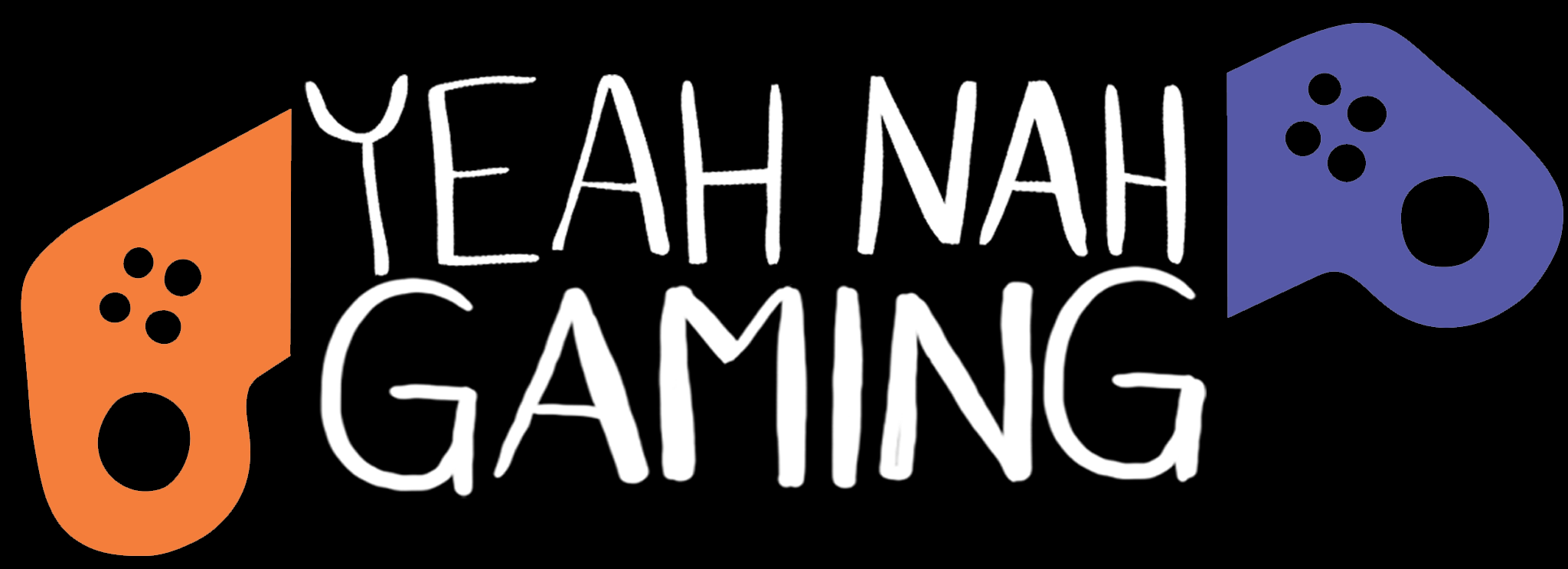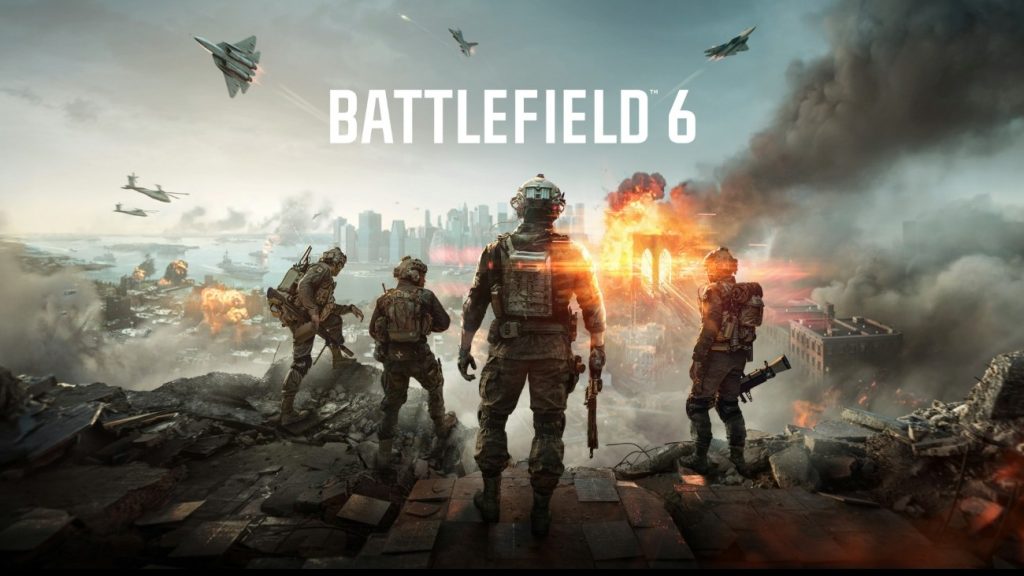There’s a general malaise around shooters today. How many Beavis and Butthead skins can we cram into games before they less resemble a marriage of art and technique, and more an intellectual property soup that remains after a night of corporate hot-tubbing? Are these games “dead” or is our fascination with them dwindling because they’re visually unrecognisable from the things we fell in love with?
If misguided internet outrage is any indicator, people are picking up on this discontent. But more importantly, I think some developers are picking up on it too. That’s where Battlefield 6 comes in.
On its surface, Battlefield 6 might look quaint by today’s standards, with an art style and colour palette lifted straight out of the early 2010s. But that simplicity obfuscates the reality: that sometimes, you have to give people what they want. Not what they think they want.
Battlefield 6 carries the series’ familiar trappings: bombastic, large-scale conflicts across huge maps with a variety of vehicles. The game splits these across modes that leverage that scale accordingly, the majority of which task you with either seizing objectives or whittling down an enemy’s pool of reinforcements down to zero. You push and pull and strain over the map’s geography, turning buildings and hills into figurative tugs of war. There’s no feeling quite like being pushed back into a choke point, only to have an ally tank turn a wall to dust and lumber across the line of fire to disrupt the enemy position. It’s cool as hell.
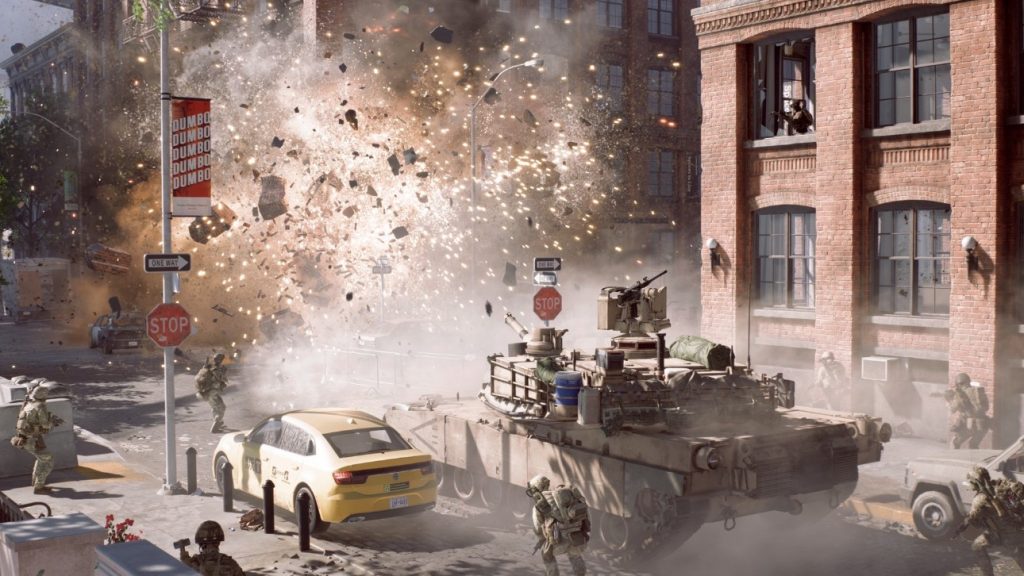
There’s some smaller scale additions this year too, like King of the Hill (a moving capture point that players need to stand on to score points) or Domination (gain points by holding zones on smaller versions of maps), but these modes feel more like they’re catering to an audience that are probably just going to get their fix elsewhere. The game shines when it embraces the chaos that its scope facilitates, and these smaller engagements can never recreate that. They’re too deterministic, and Battlefield is at its best when it’s just pure chaos.
And that chaos is rendered beautifully. While the colour tones may not resonate with many, there’s a legibility to the action thanks in no small part to its simple art style. While I vividly remember the 2010 fatigue of beige-and-brown, it’s easier to read than any multiplayer shooter from the last few years that has dared to drink from the poisoned chalice of “corporate collabs”. Keep it simple, stupid! Simple can be good! Simple can be clean! Sometimes I just want to be a shooty guy who doesn’t have to think about Brand or Product, and that’s nice.
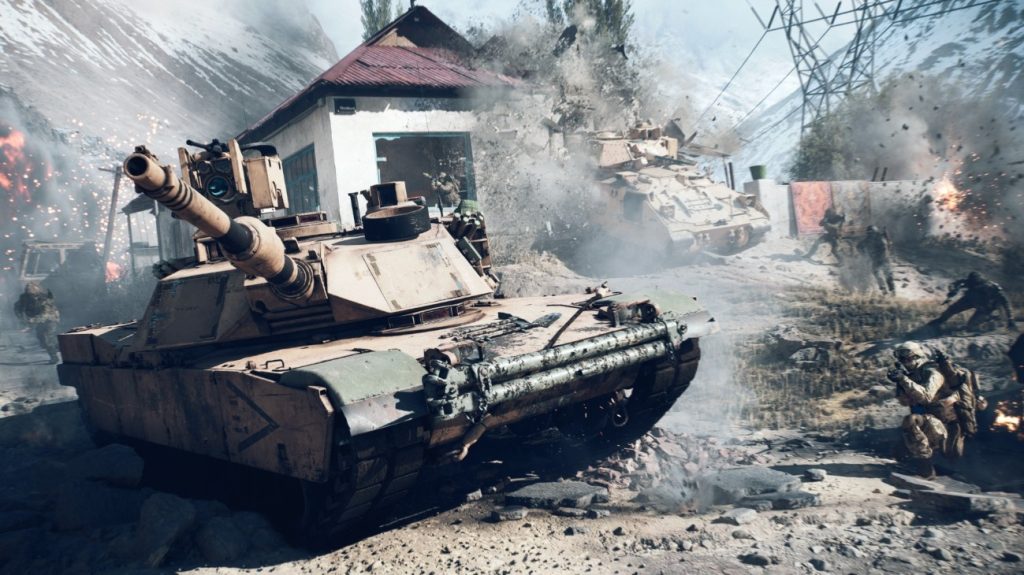
The gunplay underpinning the whole experience is tight and fast, but it doesn’t quite eclipse the competition. Targets can feel a little spongy at times, which can turn some gunfights into protracted games of peek-a-boo. Thankfully, the presentation surrounding the whole thing makes up for it. Gunshots are meaty and bassy, while reload animations click and clack in all the right places. The metallic “ping” as a new shell is loaded into a tank is a form of ASMR for someone, I’m sure. There’s some interesting quality of life features too, like a small UI-prompt that adheres to whatever surface you’re next to, letting you know if you’re going to peek out from cover to fire your shot. It sounds like a small thing, but when your only two verbs are “point” and “shoot”, it can add a layer of depth to the whole thing.
Like Battlefields of old, the game features four classes: assault, engineer, support and recon. These come loaded with passive effects that cater to different styles of play, like increased reload speeds or better vehicle repairs. There’s also a glut of weapons to mess around with, and finding the right combination of attachments for your style of play is a game unto itself as you try to balance granular stats in meaningful ways.
Unfortunately, the pathway to unlocking items and training paths (think class variants) isn’t always clear or consistent. Some unlocks only require progress in your main account level, which you’ll get from just passively playing the game. Others, however, require you to complete things called Assignments – you know, a synonym for homework. While none of these are particularly difficult to achieve (often just requiring you to get X number of kills in Y scenario), so much of it is hidden behind nested menus and button presses, all of which have really helpful names like “ASSAULT 3” or “DANGER CLOSE 1”. It makes planning out what you want to unlock more tedious than it should be.
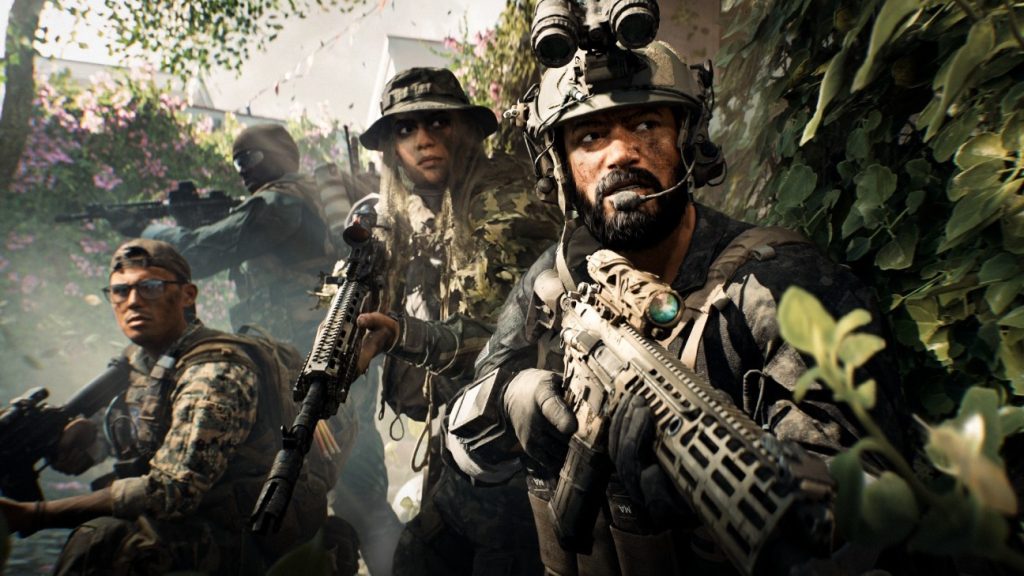
There’s also a campaign, but the less said about that, the better I think. While looking to the past can actually impart valuable lessons sometimes, I think shooter campaigns have come a long way in the last few years. It’s mostly a linear crawl through set-pieces with the occasional open map. There are some visually arresting scenes that really stand out, like one in Egypt where you’re retreating through a marketplace at night, rapidly toggling your night-vision goggles on and off to accommodate bursts of light from blinding your retina as you dash between pockets of shadow. All of that work is undone, however, by thoroughly unlikable characters and a meandering conflict about the ethical downfalls of private military companies. When the President of the United States turned to my character and said: “This is the world the [bad guys] want. No surrender, no compromise. Just survival of the fittest,” I had to go lie down in a dark room.
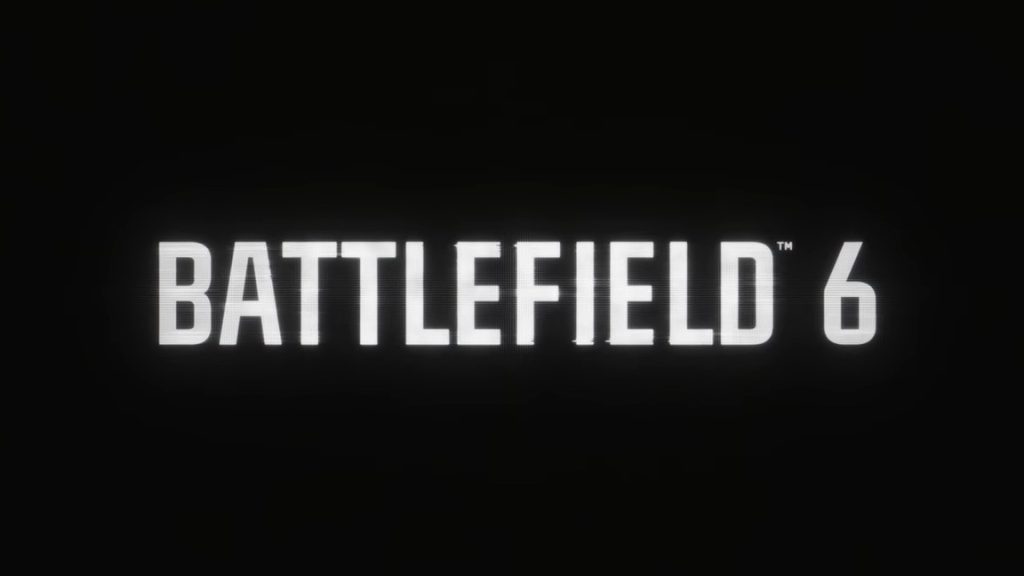
But if we take a step back from all of this, there’s only one real takeaway: less really is more.
Trite, yes, but the aphorism persists because it’s true. In a saturated shooter market where brands break containment and cross-pollinate in disturbing ways, any game that dares to buck that trend by simply having a cogent artistic vision and sticking to it is immediately worth praising.
While it stumbles in places, Battlefield 6 is one such game. It is pure, simple, legible fun. And that’s enough.
Pure and simple fun without a crossover or collab in sight
